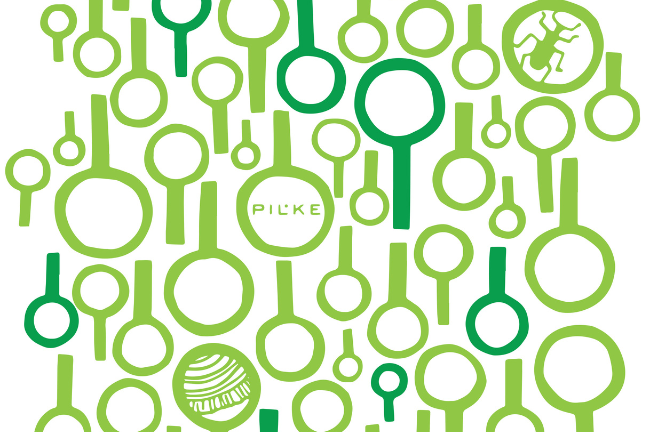Birches (Betula)
Birch, mainly found in the northern hemisphere, encompasses more than 40 tree and bushtaxa. Three birch species grow in Finland: Silver Birch, Downy Birch and Dwarf Birch. Mountain Birch is a subspecies of Downy Birch. Birches are pioneer trees, being the first to appear in forest clearings. They require plenty of light, but they have a high tolerance for frost and low temperatures. Birches are also known for their abundant seed production and the ability to reproduce from shoots. The roots of birches and easily decomposing organic leaf matter improve the soil.
- Silver Birch (Betula pendula) differs from Downy Birch in its triangular, double-serrated leaves. A silver birch can grow taller than 30 metres. In Southern Finland, its biological life span is 120–140 years. The soil must be nutrient-rich and airy, with good groundwater flow. Silver Birch is the most economically significant of Finland’s birch species and represents the highest tree quality. “Curly birch”, a cultivar of silver birch probably born due to a virus or mutation, is used as raw material particularly in the joinery industry due to its appealing look.
- Downy Birch (Betula pubescens) can be found throughout Finland. In good conditions, the Downy Birch can grow to heights of 22 to 27 metres and to a diameter of 35 to 40 centimetres. The species has a short life span: the tree begins to deteriorate as young as 40 to 60 years of age and rarely lives to see 100. The Downy Birch thrives in damp habitats and on more compacted soil than other trees. Downy Birch leaves are rounder and less serrated than the leaves of a Silver Birch. In Lapland, fell birch – a subspecies of Downy Birch – forms a birch zone across the fells.
